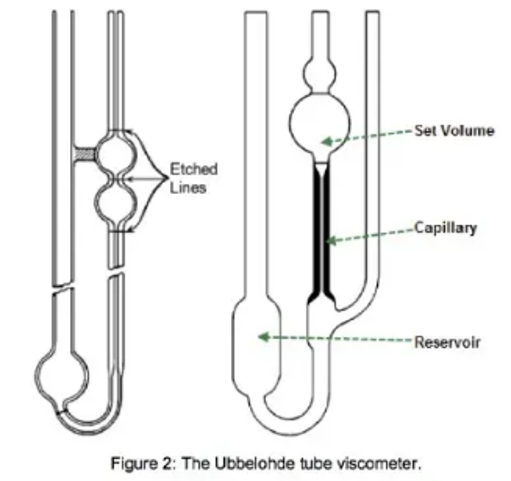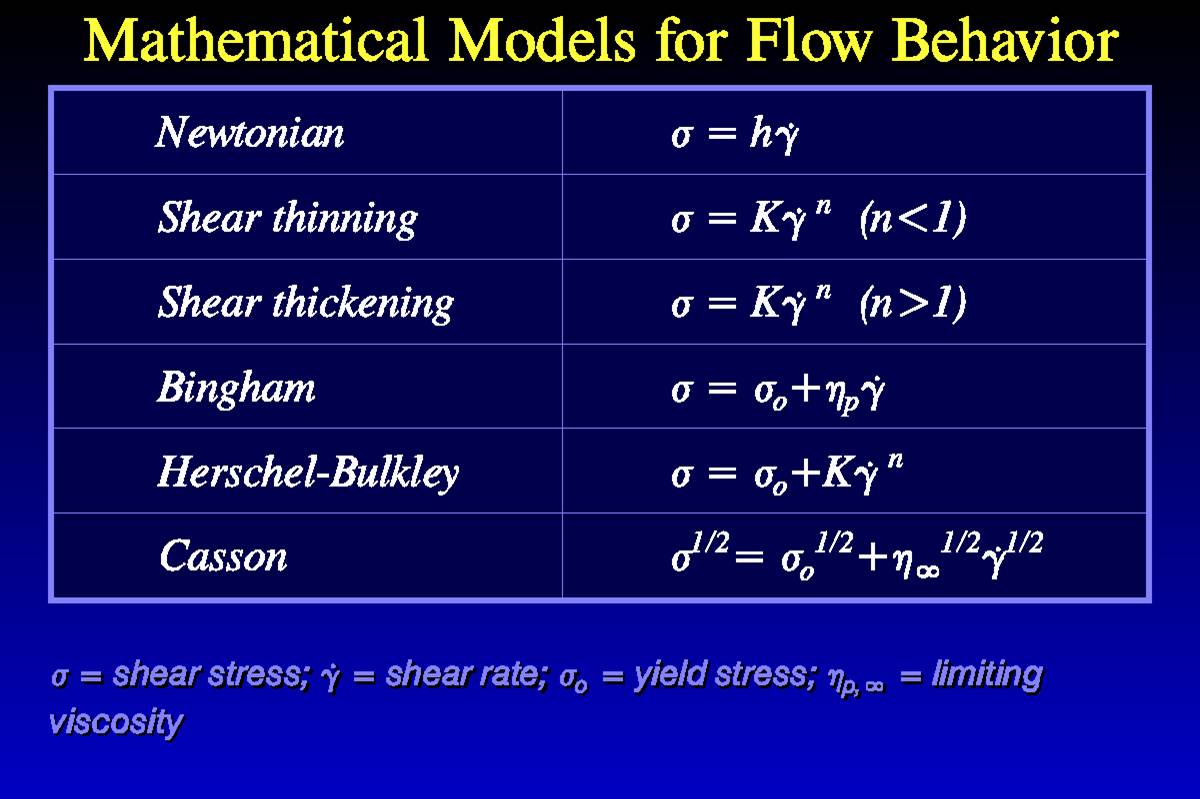

What is happening when you squeeze the Oobleck? What is happening when you release the pressure? Does the Oobleck remind you of anything else? Read on for observations, results and more resources. Take off your shoes and socks and try standing in the Oobleck! Can you walk across it without sinking in? Let you feet sink down and then try wiggling your toes. Multiply the quantity of each ingredient by 10 or more and mix it up.

Hold a handful in your open palm- what happens?.

Roll up your sleeves and prepare to get messy! Drop your hands quickly into the Oobleck, then slowly lower your hands into it.Be careful not to get it in your eyes, and wash your hands after handling the Oobleck. Oobleck is non-toxic, but please use caution when doing any science activity.(If you want to turn your Oobleck another hue, it’s easier to add the coloring to the water before you mix it with the cornstarch.) Add a few drops of food coloring if desired.Add more cornstarch if it gets too runny, and more water if it becomes too thick. Keep adding more water until the mixture becomes thick (and hardens when you tap on it). Now pour the water in, mixing slowly as you go.Can you feel how smooth the powder is? It's made up of super-fine particles. Pour one cup of cornstarch into the mixing bowl, and dip your hands into it.Seuss book called Bartholomew and the Oobleck. This substance's funny name comes from a Dr. Oobleck and other pressure-dependent substances (such as Silly Putty and quicksand) are not liquids such as water or oil. Moving slowly gives the cornstarch particles time to move out of the way. But dip your hand slowly into the mix, and see what happens-your fingers slide in as easily as through water. A quick tap on the surface of Oobleck will make it feel hard, because it forces the cornstarch particles together. But this simple mixture shows how changes in pressure, instead of temperature, can change the properties of some materials.Īpplying pressure to the mixture increases its viscosity (thickness). Other, more familiar substances change states (from solids to liquids to gases) when we change the temperature, such as freezing water into ice or boiling it away into steam. Play around with it and find out how it acts differently from a normal liquid and a normal solid. Why is it so hard to get out of quicksand? Is it a solid? Is it a liquid? Can it be both? In this activity, you will make a substance that is similar to quicksand-but much more fun. From National Science Education Standards: Properties of objects and materials


 0 kommentar(er)
0 kommentar(er)
